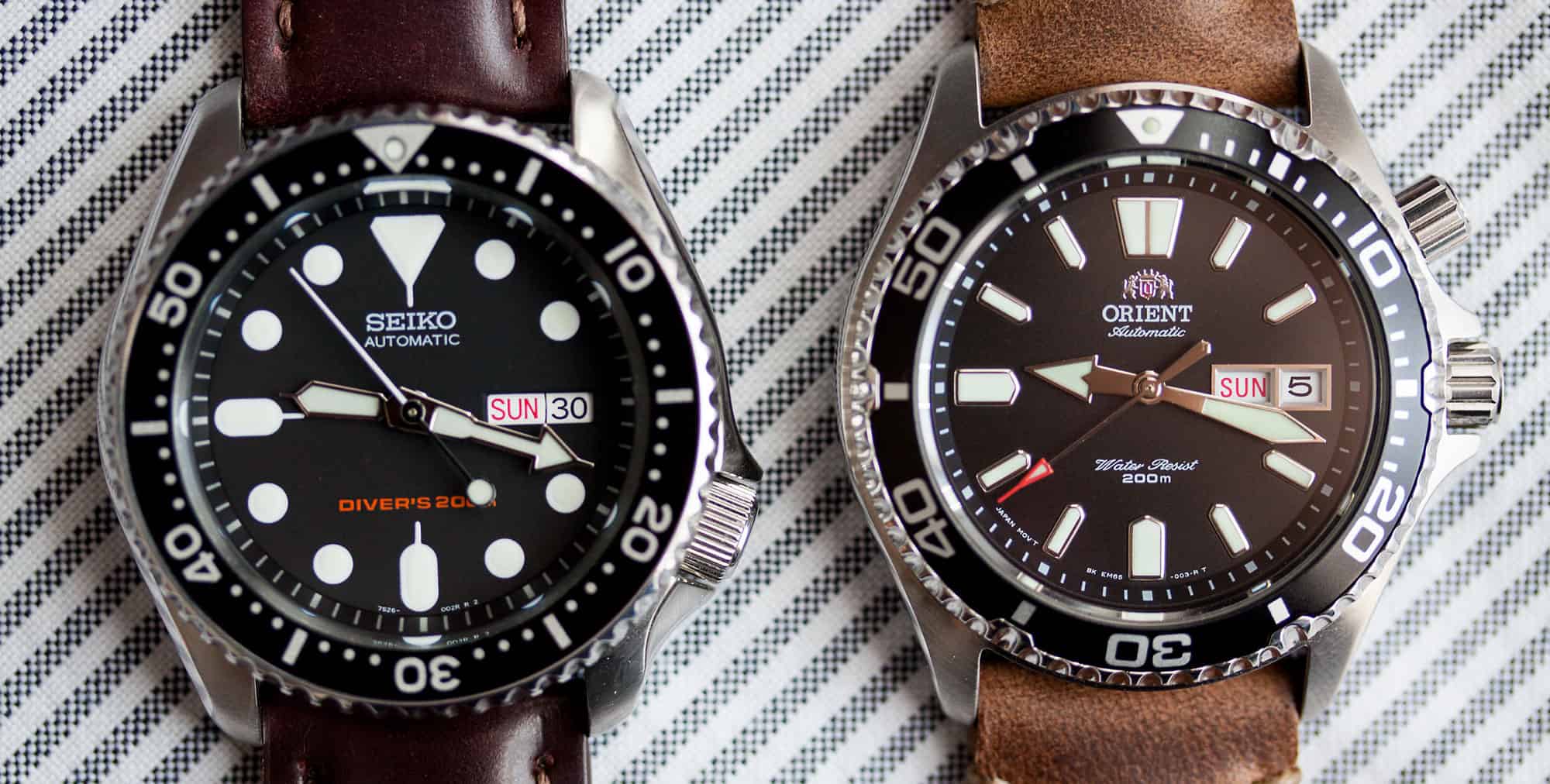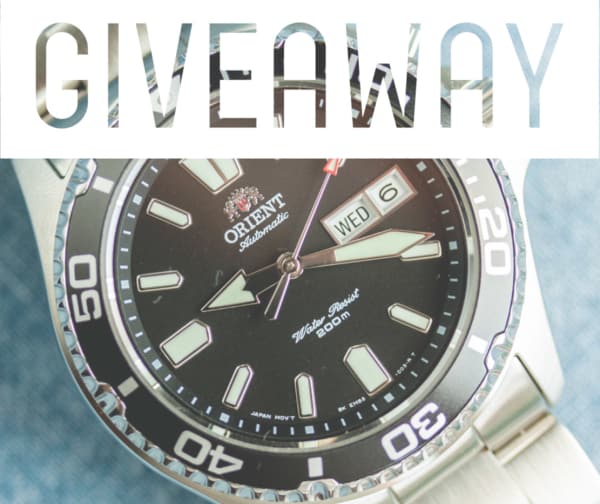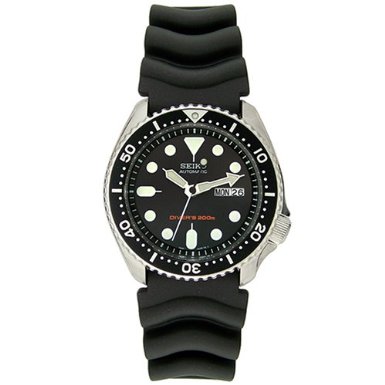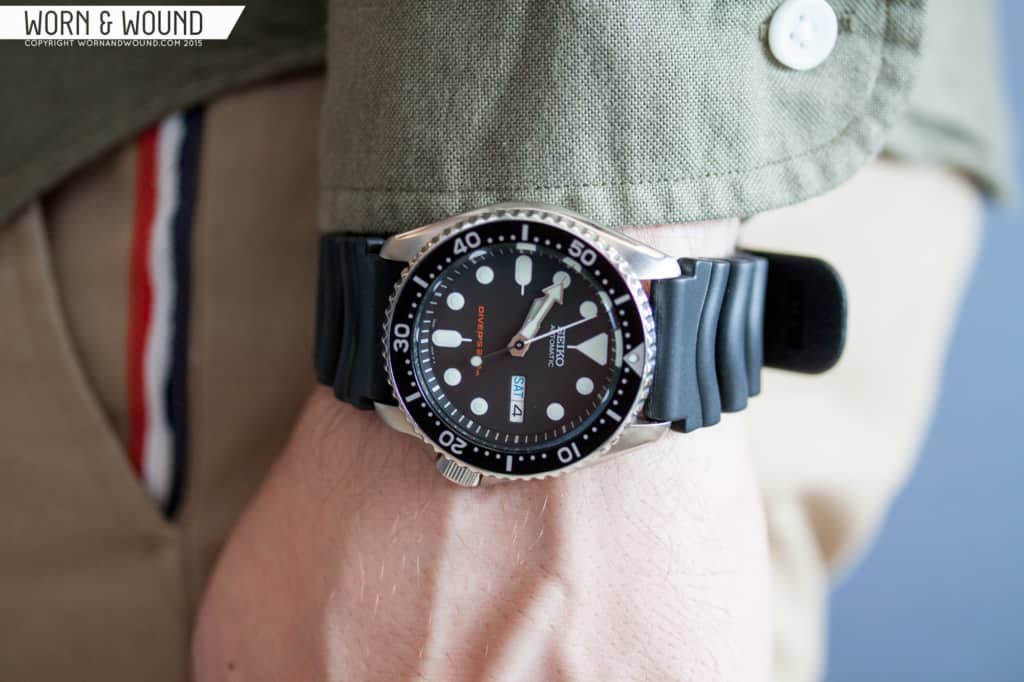Last week we took a look at the new Orient Mako USA, Orient’s reimagining of one of their most popular entry-level divers. At $225, the Mako USA–which comes updated with some higher-end specs–offers some serious bang-for-your-buck value. The comments section for that review understandably brought up comparisons to the SKX007, Seiko’s flagship diver and probably the most iconic affordable dive watch currently on the market. So it got us thinking, does the new and improved Mako rival the venerable SKX007?
Now, I’m sure you’re thinking that it’s not exactly a fair comparison. After all, the SKX007 is considerably cheaper, readily available for approximately $160 (the made in Japan version is considerably more) on either a rubber or a stainless steel bracelet. But if you take into account that an aftermarket bracelet with solid end links tacks on another $60, give or take, then the two watches line up in terms of monetary value. So, for the fun of it, let’s compare these two excellent dive watches and see each one stacks up.









 Featured Videos
Featured Videos















